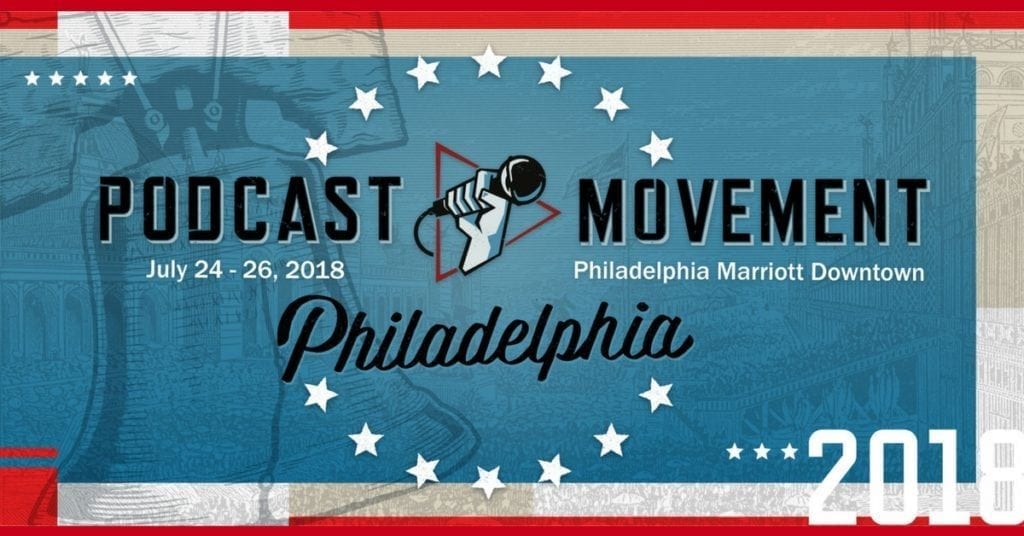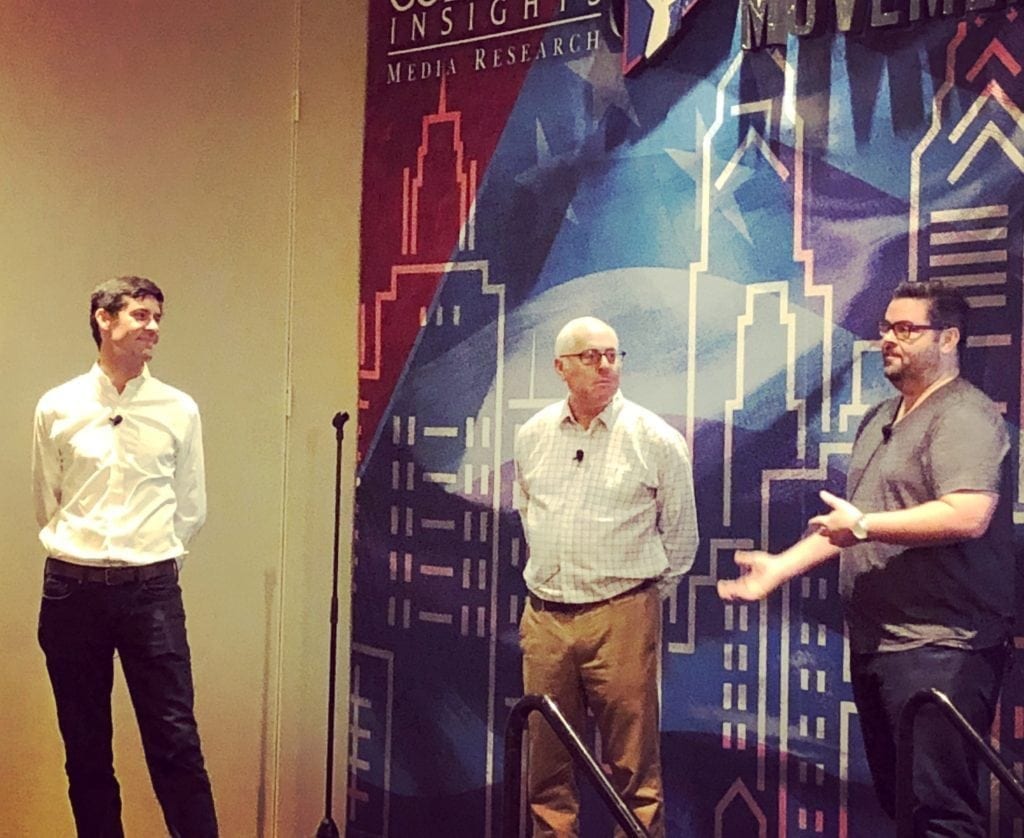
My colleagues John Boyne, Sam Milkman and Jay Nachlis and I just returned from Philadelphia, where we had the opportunity to deliver a presentation on content testing and sponsor the Industry track at Podcast Movement. To say we are invigorated from our Podcast Movement experience is an understatement; the conference was huge—over 2,200 attendees—and the presence of youth, energy and diversity was striking.

Even more important than the size and make-up of the crowd, however, is the sense we have that podcasting is (finally!) nearing a tipping point. As our friendly competitors at Edison Research have meticulously documented, the podcasting audience continues to grow, yet only 17% of Americans listen to a podcast each week. What is striking about that is the rate of growth for podcasting has been dramatically slower than the rates of adoption we have seen in recent years for a wide array of new technologies and platforms, including mobile phones, streaming, social media and smart speakers.
Podcasting has been on the radars of people in the audio business and media savvy consumers for more than a decade, yet some still question whether it is a real business and whether it will achieve widespread consumer adoption. The size of Podcast Movement and the highly visible presence of radio-centric companies like iHeartMedia, Cumulus, Hubbard and Beasley at the conference, however, suggests that such questions are becoming the exception rather than the norm.
What will it take for podcasting to pass the tipping point we anticipate? We believe it boils down to three key points:
- Building Brands:
When syndicated iHeartRadio Country morning personality and new VP, Creative Director of iHeartCountry Bobby Bones spoke as part of the “Broadcasters Meet Podcasters” track at Podcast Movement, he explained why listeners choose his show. “I built a brand and the brand is why the listeners come.”
He spoke about branding far more than he spoke about content, which left a clear message for podcasters. Your brand is why they come to your show. The content is why they stay.
It’s our experience that media brands that invest in clearly defining their brands build bigger audiences and are built for long-lasting success. Is your radio station the hit music station? Are you the go-to website for sports? Do consumers turn to you first for coverage of politics?
This is how the most successful podcasts will win. Consumers need to be able to easily identify show themes like “The True Crime podcast” or “The Cooking podcast” or “The podcast that talks about the 80s,” for example.
Of course, there are plenty of podcasts that cover those topics. If content quality is equal, the one with the best brand will win.
- Invest In Content:
Speaking of content, podcasts will need to follow the lead of other media in taking a disciplined approach towards content execution. At the very least, podcasters need to make investments in research to learn more about what listeners want from podcasts and the specifics of what works and what doesn’t work with the content they offer.
Some podcasts are highly disciplined in their topic choices and execution. Others are handled in a much looser format.
In our Podcast Movement presentation, “The Podcast Content Deep Dive: A Second-by-Second Look at Audience Behavior,” Sam and John revealed the three Ts of content execution—Topic, Treatment and Tone.

(L-R) John Boyne, Sam Milkman and iHeartMedia SVP/Podcasting Chris Peterson at “The Podcast Content Deep Dive” at Podcast Movement
While we’ll go deeper into our discoveries in next week’s blog and in an upcoming webinar, there are lessons that apply to all audio content, whether delivered via podcast or broadcast.
- Reduce Consumer Friction:
Is the process of finding, accessing and listening to podcasts is too complex for the average consumer?
Does the average consumer really know how to download a podcast or where to do it?
Do people even know what to call the purple podcast button on iPhones? Meanwhile, there are multiple apps to choose from on Google Play including RadioPublic, Stitcher and Google Podcasts (which just launched a new app in June). Other podcast sources include iHeartRadio and Spotify.
Would the industry be better off with a strongly-branded, user-friendly platform exclusively devoted to podcasting? Our sense is that the answer to this question is absolutely “yes.” The industry needs the YouTube of the podcast industry. Then, consumers need to know about it and understand how to use it.
One thing is for sure. We’re excited about the future of podcasting and look forward to helping this still-fledgling industry vault past the tipping point. To get there, podcasting needs to become easier for the average consumer to use, while at the same time focusing on building strong brands and developing great content.
